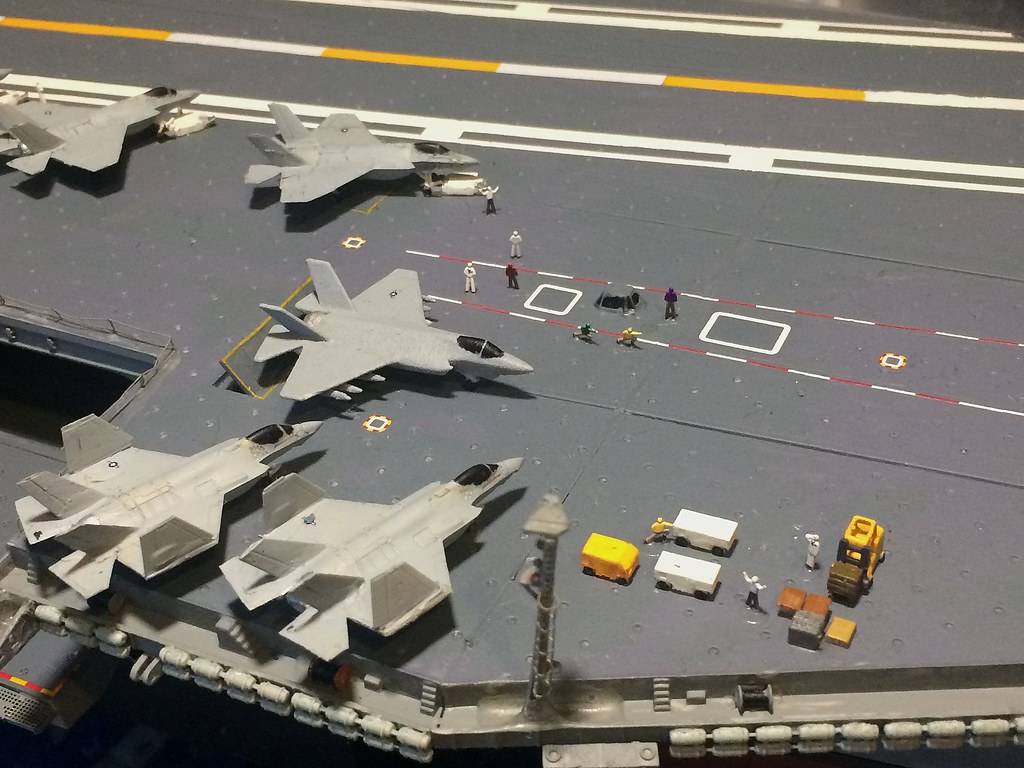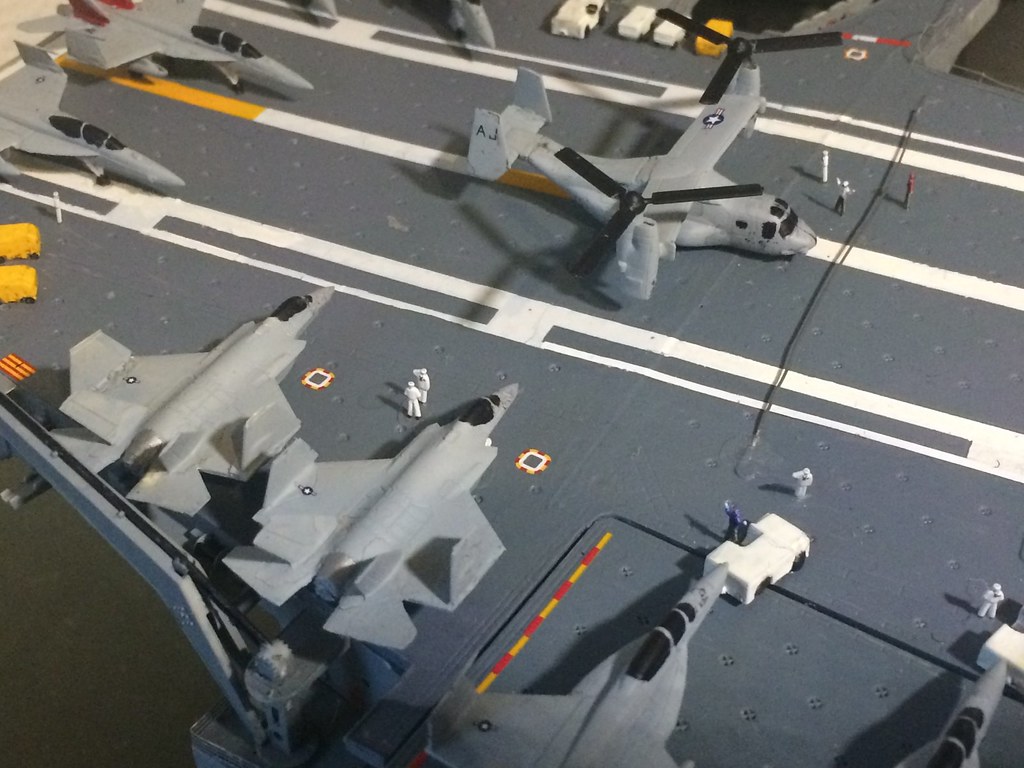The U.S. Navy is nearing the final stages of commissioning the world’s most technologically advanced aircraft carrier ever. Next month, the wildly expensive and yet incredibly awesome
(CVN-78) will embark on a critical series of trials that will test its navigation, communications, ship handling, habitability, propulsion plant, and damage control,
reports.
Hosting the trials will be Northrop Grumman Shipbuilding, the maker of the
Ford, to ensure she is seaworthy. The ship will neither launch nor recover any aircraft during the tests, Ye-Ling Wang, program manager for future aircraft carriers at the Navy’s
, told
USNI.
Crew certifications will also taking place for the
Ford. The ship is the first of three
Ford-class carriers that the Navy has ordered, though eventually the entire preceding
Nimitz-class, made up of ten of the largest supercarriers the world has ever seen, is expected to be replaced by the
Ford-class. The cost of the first
Ford-class ship totaled $13 billion to build, which makes it the most expensive warship ever built, according to
. Though it can hold more than 4,500 crew members, it requires
people to operate than the Nimitz-class carrier.
A new feature that distinguishes it from the
Nimitz is (EMALS)
that will replace the traditional steam catapults we’re used to seeing lift jets into flight. The difference between EMALS and the steam catapult system is that EMALS is lighter and takes up less space, and should, in theory, require less maintenance and human attention. Because of its design, it will be able to launch a wider range of aircraft (like drones) at varying weights in rapid succession. EMALS can also launch aircraft every 45 seconds,
than the catapult system.
Another important feature is its
(AESA) radar. There will be no moving parts on this system, meaning the maintenance will be relatively low, but perhaps more importantly, AESA radar is much more capable in an all-out shooting match. It is a significant improvement from the passive electronically scanned array (PESA), which can only emit one beam of radio waves at a time, whereas the AESA can emit multiple frequencies at once. What makes this feature so useful in a combat situation is that an AESA can emit signals over a broad range of frequencies, making them challenging to detect in radio noise. This allows a ship to radiate powerful signals while remaining relatively stealthy at the same time, although we are still talking about a massively non-stealthy aircraft carrier.
As far as power goes, it will be outfitted with two A1B nuclear reactors, which will deliver 250 300 megawatts of electricity, three times more than Nimitz-class reactors. The EMALS will need that support in order to launch aircraft every 45 seconds. The reactors will also come in handy when the
Ford is armed with
(FEL) at some point, which is not some sci-fi thing but what the Navy actually wants to do. FELs should be able to be fired for just a few bucks a pop and use around 10 megawatts of power, making them less expensive to fire than missiles.
Defending the ship from attacking missiles and aircraft will be the RIM-162 Evolved SeaSparrow Missile or (ESSM), a mid-range defensive firing system. Accompanying the ESSM will be the RIM-116 Rolling Airframe Missile (RAM), which is used primarily used against anti-ship cruise missiles.
The
Ford appears to be truly be ready for commission this time around. The ship suffered a few setbacks that
its commission date in 2016 to some time later this year. Based on what we know about the
Ford so far, it should be worth the wait.












